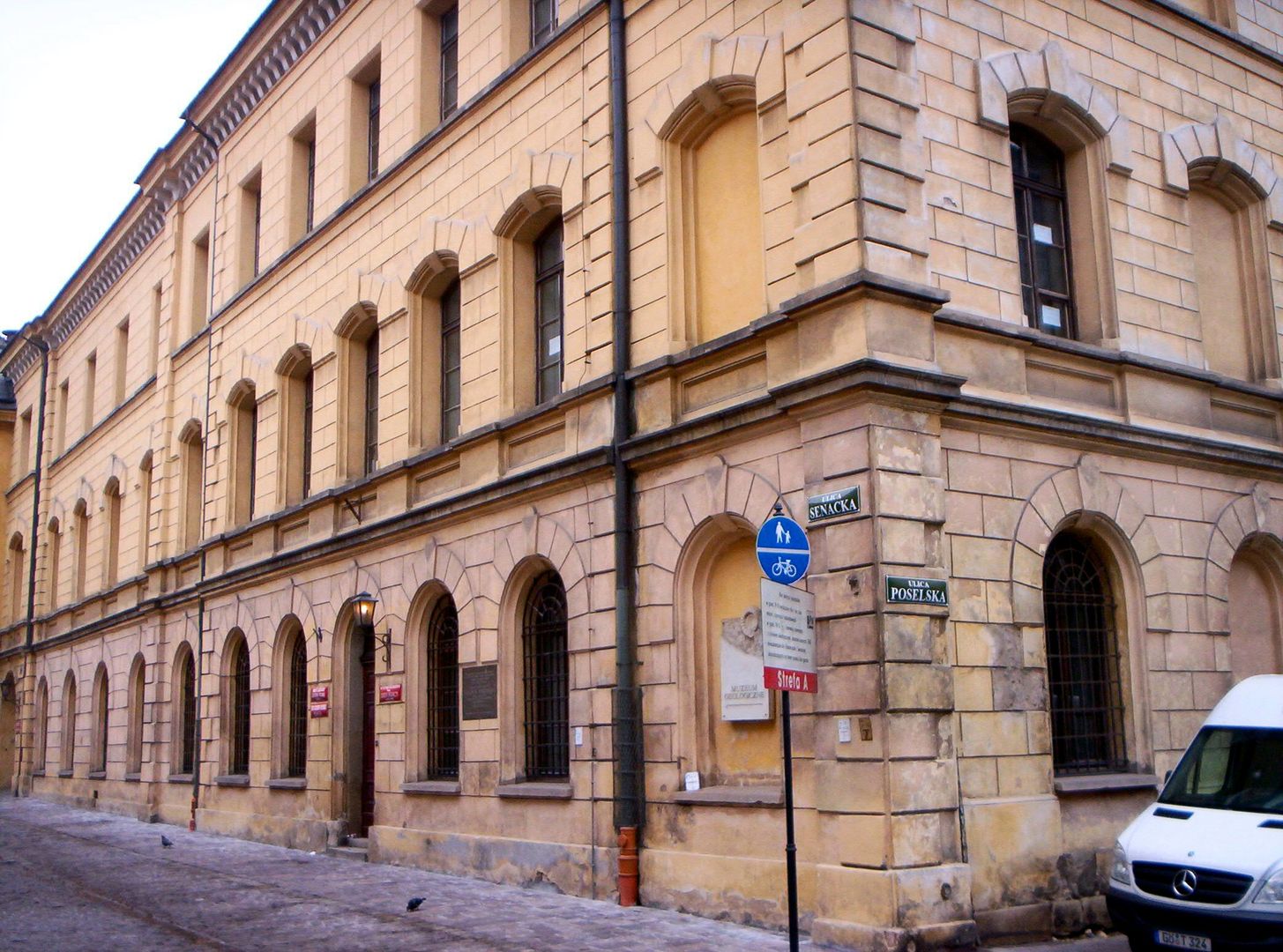Geological Museum of the Institute of Geological Sciences of the Polish Academy of Sciences in Kraków
6.93

Overview
The Geological Museum of the Institute of Geological Sciences of the Polish Academy of Sciences in Kraków is an institution with a rich history, whose collections have been gathered since 1865, beginning with the activities of the Physiographic Commission of the Kraków Scientific Society. The museum, located in the buildings at Senacka 1 and 3, neighbors the Archaeological Museum and was established in the former buildings of the Discalced Carmelites monastery, which were converted into a prison after the order was relocated in 1797. These buildings hold historical significance, having been the site of the first mass trial of Polish socialists in 1880. After World War II, the buildings served as the headquarters of the Public Security Office, and after its dissolution, they became home to the Archaeological Museum. In the 1960s, a new wing was constructed, which now houses the Geological Museum.
The museum’s exhibition includes a permanent display titled "Geological Structure of the Kraków Area," which showcases the geology of the region, as well as temporary exhibitions. The museum’s collections comprise 132 documentary collections, 72 comparative collections, and 2 educational collections. Among its most valuable exhibits are the largest collection of meteorites in Poland, consisting of 333 specimens, and a unique brush of halite crystals from 1901, originating from the Crystal Caves in Wieliczka.
Since 2007, the museum has actively participated in outreach events such as the Night of Museums and the Kraków Museum Open Days. In the building’s cellars, fragments of early medieval defensive walls have been preserved, further highlighting the site’s rich historical layers. The museum in Kraków is a significant center for geological culture and education in Poland, attracting visitors with its heritage and diverse collections.
Location
Tickets
Powered by GetYourGuide
2025 Wizytor | All Rights Reserved